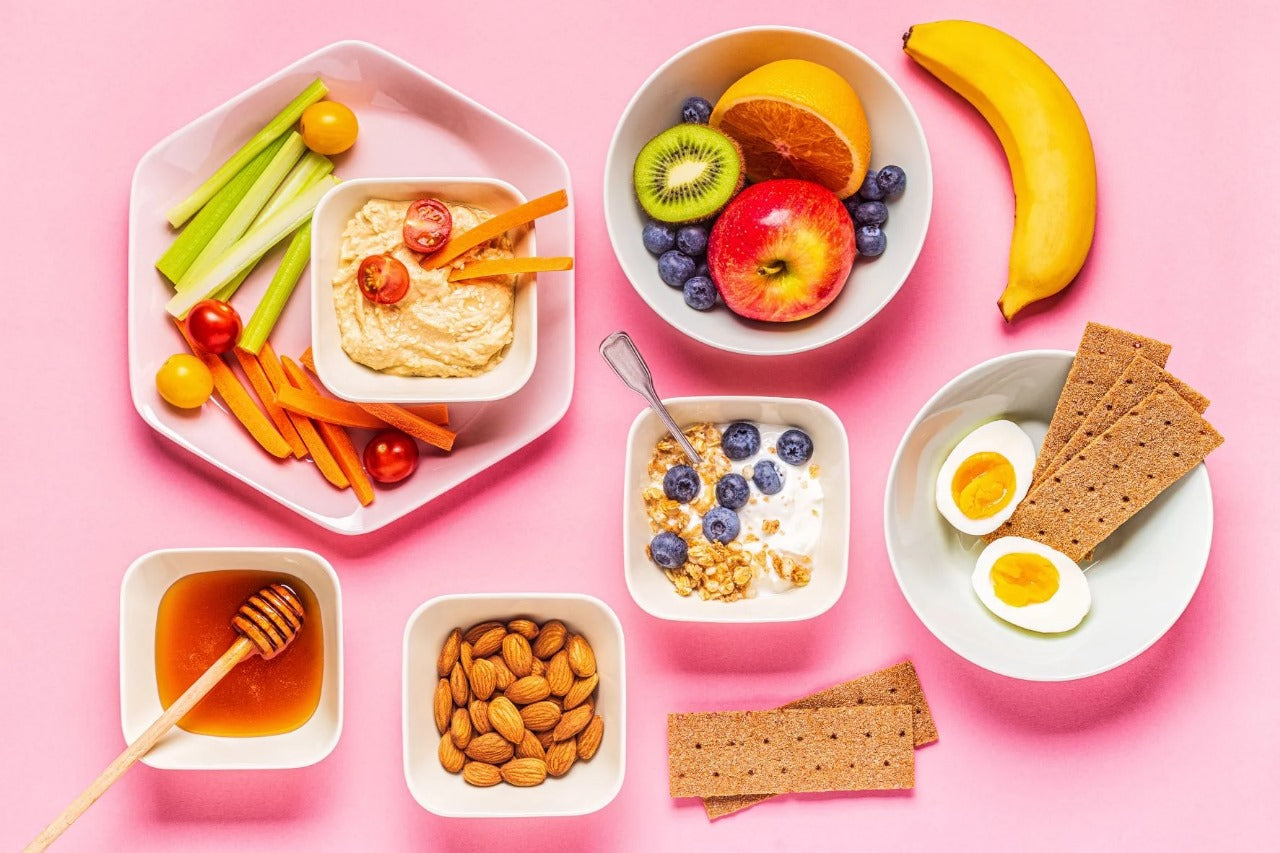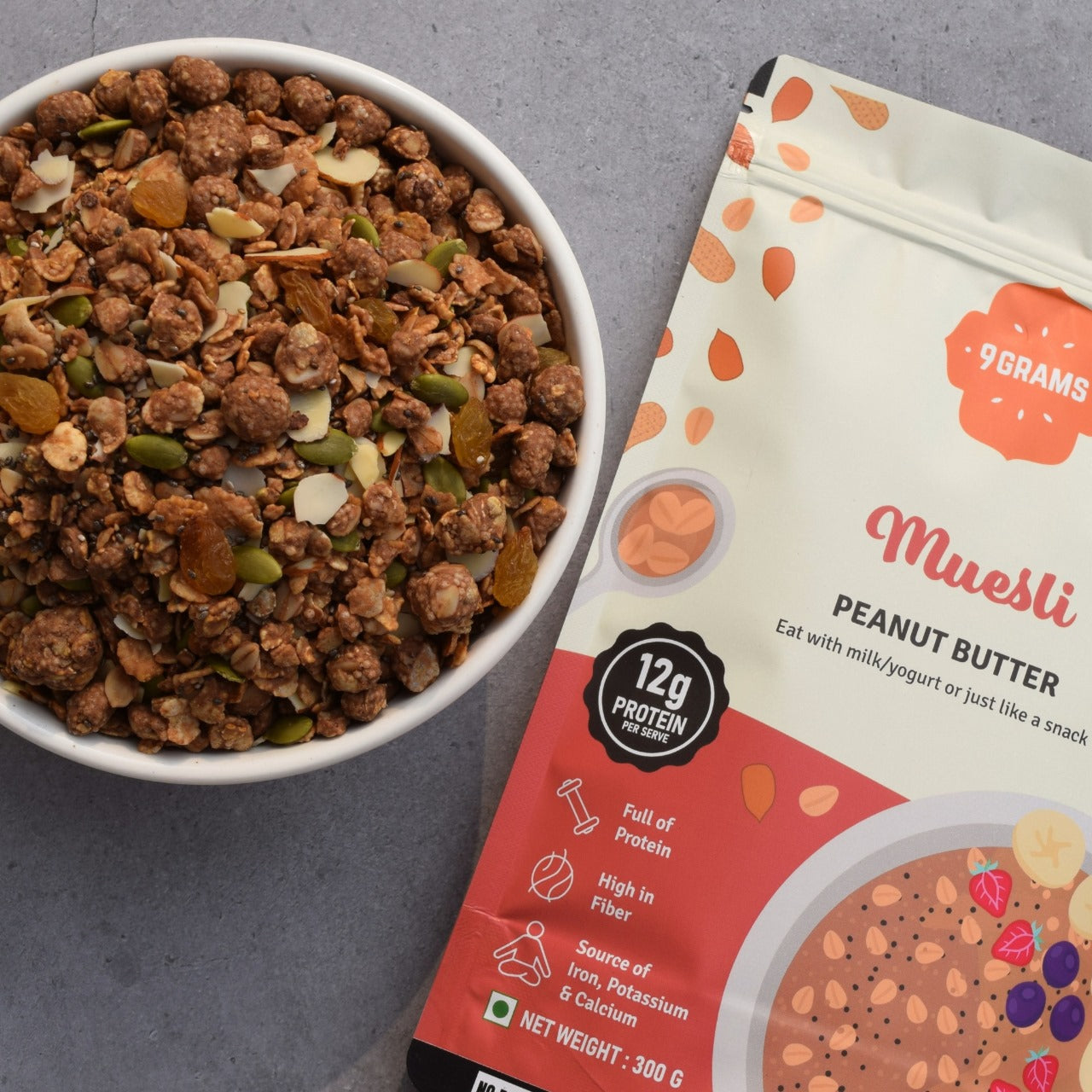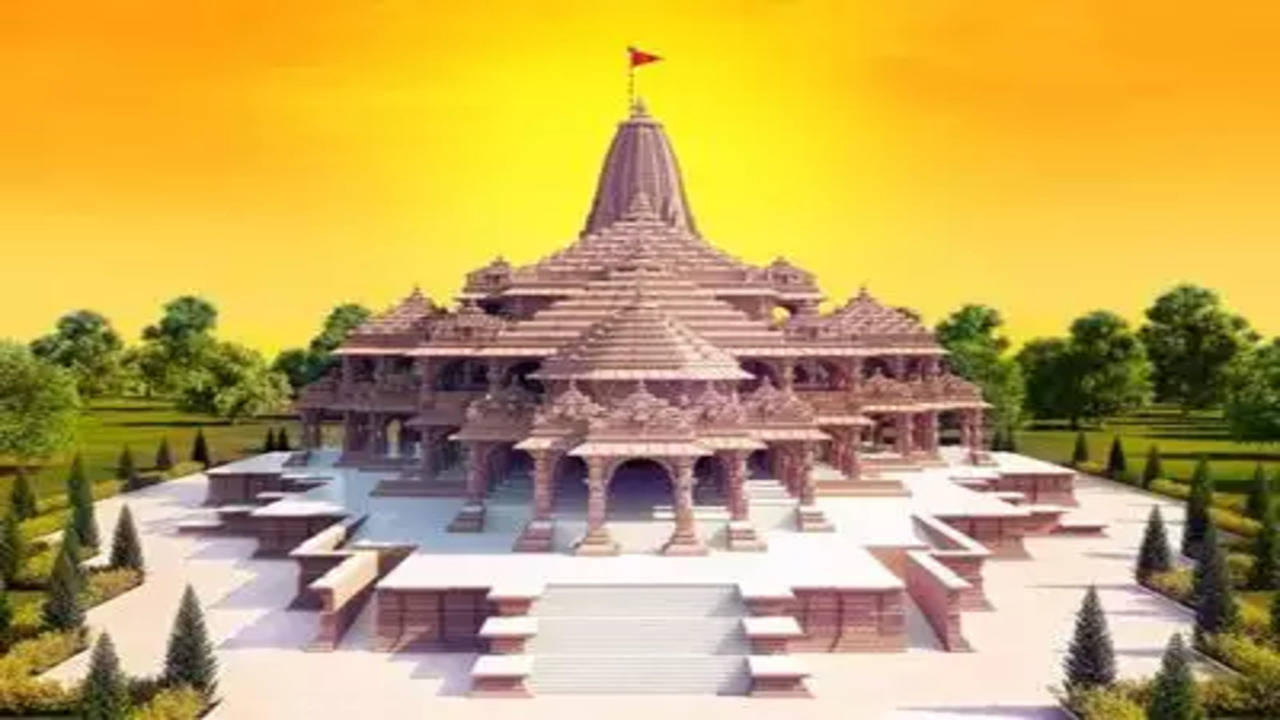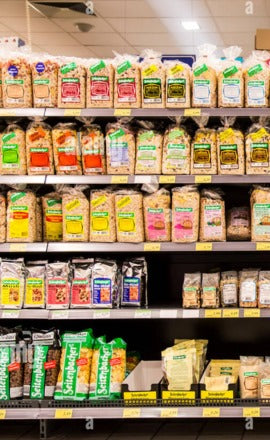
Millets-Just a buzz, or is it here to stay?
Millets have been grown in India since ancient times, but their consumption has declined over the years due to various factors, such as:
- Shift in consumer preferences towards rice and wheat, which are perceived as more prestigious and convenient⁴.
- Lack of awareness and promotion of the nutritional and environmental benefits of millets²⁴.
- Limited availability and accessibility of millet products in the market²⁴.
- Poor processing and storage facilities for millets, leading to high post-harvest losses⁴.
- Low profitability and productivity of millet cultivation compared to other crops⁴.
However, there is a renewed interest in millets in recent years, as they are recognized as smart foods that can address the challenges of food security, nutrition security, climate change, and farmer welfare²⁴. Several initiatives have been taken by the government, research institutions, private sector, civil society, and media to promote millets production and consumption in India. Some of these initiatives are:
- Declaring 2018 as the National Year of Millets and 2023 as the International Year of Millets²⁴.
- Launching the National Mission on Nutri-Cereals to boost millet production and consumption²⁴.
- Developing improved varieties and technologies for millet cultivation and processing²⁴.
- Creating awareness and demand for millets through campaigns, festivals, exhibitions, and media²⁴.
- Introducing millets in public distribution system, mid-day meals, and other government schemes²⁴.
- Supporting farmers with subsidies, incentives, insurance, and market linkages for millet production²⁴.
These efforts have resulted in some positive trends in millet production and consumption in India. For example, India is the largest producer of millets in the world, accounting for about 19% of the global production in 2020¹. The major millet producing states are Rajasthan, Karnataka, Maharashtra, Uttar Pradesh, Haryana, Gujarat, Madhya Pradesh, Tamil Nadu, Andhra Pradesh and Uttarakhand¹. The most commonly grown millets are pearl millet (bajra), sorghum (jowar), and finger millet (ragi)¹. Millet consumption has also increased in some urban areas due to health awareness and availability of new products². A consumer survey conducted in seven cities in 2017 found that improving health and wellness, weight loss, and taste were the top reasons for consuming millets³.
However, there is still a lot of scope for increasing millet production and consumption in India. Millets account for only about 6% of the total cereal area and 3% of the total cereal production in India⁴. Millet consumption is also very low compared to rice and wheat. The average per capita consumption of millets was only 1.3 kg per year in 2011-12, compared to 60.9 kg for rice and 46.6 kg for wheat⁴. Millet consumption is also uneven across regions and socio-economic groups. It is higher in rural areas than urban areas, and higher among lower income groups than higher income groups⁴.
Therefore, more efforts are needed to promote millets as a smart food that can benefit farmers, consumers, and the environment. Some of the challenges that need to be addressed are:
- Improving the quality and diversity of millet products to suit consumer preferences and needs²⁴.
- Enhancing the availability and affordability of millet products through better supply chains and distribution networks²⁴.
- Increasing the awareness and knowledge of consumers about the nutritional and environmental benefits of millets²⁴.
- Providing policy support and incentives for farmers to adopt improved varieties and practices for millet cultivation²⁴.
- Strengthening the research and innovation capacity for developing new technologies and solutions for millet value chain development²⁴.
By addressing these challenges, millets can become a grain to be used in daily diet by more people in India.
Source: Conversation with Bing, 10/5/2023
(1) Millet Production and Consumption in India: Where Do We ... - Springer. https://link.springer.com/article/10.1007/s40009-022-01164-0.
(2) Millet consumption survey provides largest baseline for India. https://www.icrisat.org/millet-consumption-survey-provides-largest-baseline-for-india/.
(3) Indian Millets - apeda.gov.in. https://apeda.gov.in/milletportal/Production.html.
(4) Indian Millets. https://apeda.gov.in/apedawebsite/SubHead_Products/Indian_Millets.htm.
(5) (PDF) Production and consumption of minor millets in India- A .... https://www.researchgate.net/publication/327574830_Production_and_consumption_of_minor_millets_in_India-_A_structural_break_analysis.
Tags:
- 9 grams,
- 9gram,
- 9grams,
- bajra,
- bajra khichdi,
- Healthfood,
- healthy dessert,
- Healthy Habits,
- how to consume millets,
- how to sprout millets,
- jowar,
- jowar kheer,
- jowar khichdi,
- kangani,
- kodo,
- little millet,
- low GI,
- millet,
- millets,
- ragi for kids,
- slurrp farm,
- small millets,
- Snacking,
- Soaking helps,
- SoakingSeeds,
- sprouted millets,
- sprouting,
- sri anna,
- top 5 food trends in india,
- what are millets,






